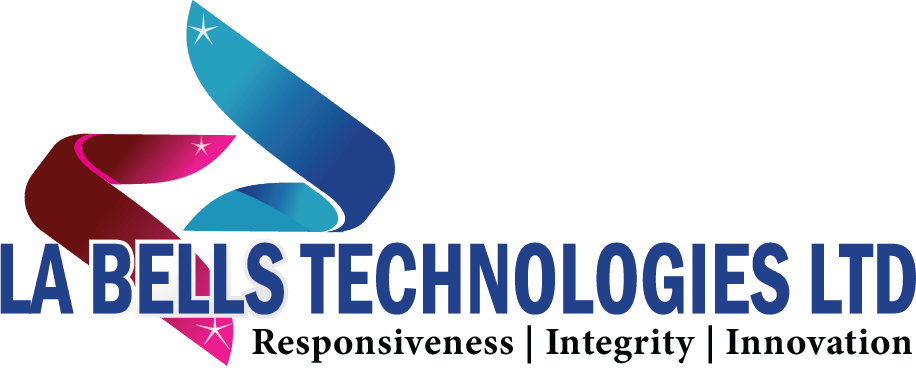Introduction:
Tracking invoicing for businesses is crucial for maintaining cash flow and ensuring timely payments. Here’s a step-by-step guide on how to effectively track invoicing:
- Choose an Invoicing Method:
- Decide on a method for creating and sending invoices. Options include using accounting software. Creating invoices manually using templates in programs like Microsoft Word or Excel. Or utilising online invoicing platforms.
- Create Detailed Invoices:
- Include essential information on each invoice. Such as your company’s name, logo, contact information, invoice number, client’s details, description of goods or services provided, itemised costs, payment terms, and due date.
- Establish a System for Organization:
- Develop a filing or digital organisation system to store and manage invoices. You can use physical folders or opt for cloud-based solutions. Such as Google Drive or Dropbox, to keep electronic copies.
- Monitor Invoice Status:
- Keep track of the status of each invoice to ensure timely payment. Maintain a record of sent invoices, including the date sent, due date, and payment status (paid, overdue, pending). This helps you identify outstanding invoices and follow up with clients if needed.
- Set Up Reminders and Alerts:
- Utilise calendar reminders or invoicing software features to receive notifications when invoices are due or overdue. This prompts you to take appropriate action. Such as sending reminders or initiating collection processes.
- Follow Up on Overdue Invoices:
- If an invoice remains unpaid after the due date, send polite payment reminders to your clients. Clearly state the outstanding amount, due date, and available payment methods. Consider using email templates or automated reminder features in your invoicing software.Track Payments Received. Record each payment received and reconcile it with the corresponding invoice. Update the payment status in your tracking system to accurately reflect the current state of each invoice.
- Generate Reports:
- Regularly generate reports from your invoicing system or accounting software to gain insights into your invoicing performance. Analyse metrics such as total invoiced amount, outstanding balances, average payment times, and revenue generated.
- Maintain Communication:
- Open lines of communication with your clients to address any invoicing questions or concerns promptly. Clear communication can help resolve payment issues and maintain a positive business relationship.
- Regularly Revisit and Update Your Invoicing Process:
- Continuously evaluate and refine your invoicing process based on your business needs and feedback from clients. Implement any necessary improvements to streamline the invoicing workflow.
By following these steps, you can effectively track your invoicing and enhance your business’s financial management. Remember, utilising accounting software or online invoicing platforms can automate many of these steps and provide additional features to simplify the process.
If you enjoyed reading this, you can also read on How to Reduce your Business Taxes.

